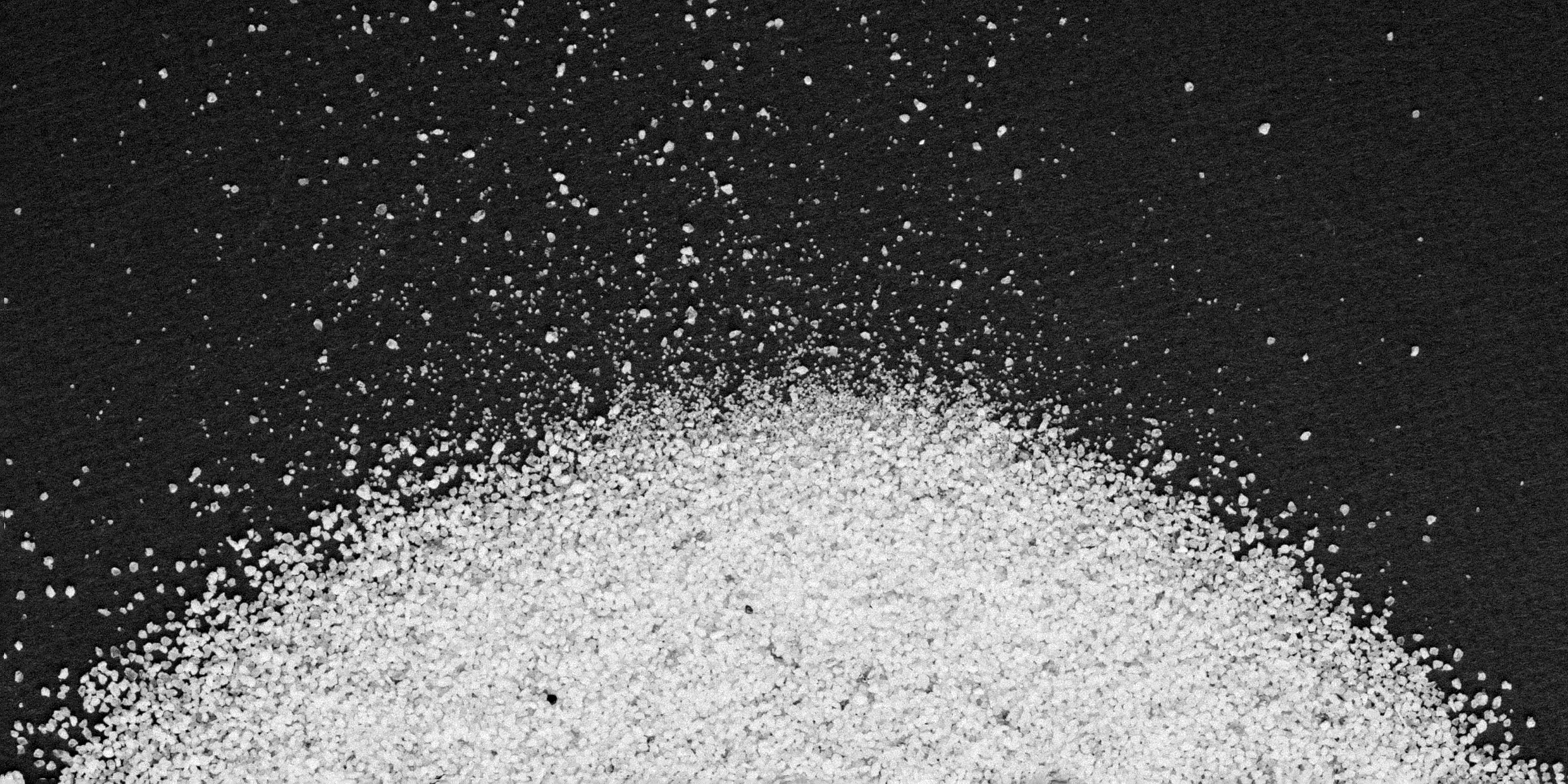Originally published 19 March 2002
“How sweet it is,” said Jackie Gleason. Yes, life is sweet. Sugar is a key ingredient of all life on earth and has been since the beginning.
Life appeared on the young earth more than 3 billion years ago. We don’t know where it came from — most scientists believe life arose spontaneously from inanimate matter — but we have a pretty good idea how it made its living.
The earliest organisms survived by taking sugar molecules from their environment and breaking them apart, rearranging the atoms into smaller molecules of carbon dioxide and alcohol, a process called fermentation. Some of the energy stored in the sugar molecule is released, and it fueled the first life on earth.
The seas were sweet in those days, a kind of dilute Kool-Aid, and the first organisms fed on this sweet elixir.
Although we don’t know where life came from, a good first step toward finding an answer is to ask where the sugar came from. Sugar not only provided fuel for life, it also provided structure. For example, the backbone of DNA is built with sugars and phosphates.
For a long time scientists have assumed that sugars and other organic molecules in the early environment were brewed up on earth by plain old, non-biological chemistry. They have tried to reproduce in the laboratory conditions that existed on the early earth, filling containers with the kinds of simple compounds — carbon monoxide, methane, ammonia, water, etc. — that are emitted by volcanoes. When these brews are zapped with electrical energy or radiated with ultraviolet light, all sorts of complex compounds are synthesized, including sugars. The early earth, crackling with electrical storms and bathed with ultraviolet light from the sun, apparently made its own sweets.
But there’s another possibility. Perhaps the sugar was already there among the stuff out of which the earth was born. Maybe the planet was sweet from the very beginning.
It would be nice if we could get our hands on some of the earth’s original material — and it turns out that we can. Meteorites are leftovers from the earliest days of planet formation and have been whizzing around the sun for billions of years. Every now and then a meteorite falls onto the surface of the earth and gives us a glimpse of the solar system’s earliest history.
A group of NASA scientists led by George Cooper recently announced the discovery of sugars and related compounds in two famous meteorites, the Murchison and Murray meteorites that fell to earth in 1969 and 1950 respectively. If true, this implies that sugars are brewed up in outer space, perhaps in the dense clouds of dust and gas that surround hot young stars or upon swarms of asteroids during the earliest stages of planet formation.
Unfortunately, the Murchison and Murray meteorites have been sitting around for decades, long enough to have been contaminated by earthly microbes and their chemical byproducts. How can the researchers be sure that the organic compounds they extracted from the meteorites really came from space?
This is where the beauty of science shows itself. The sugar-related compounds derived from the meteorites have different distributions of sizes and molecular arrangements than those associated with terrestrial biology. Also, the ratios of isotopes of carbon and hydrogen in the sugar-related compounds are more typical of meteoric material than of earthly substances.
Is the case then closed? Was the earth born with a dollop of heavenly sweets? The NASA meteorite studies will be repeated by others, extended, critiqued, compared with studies of other meteorites, and otherwise held to the fire of refining experience. That’s how science works.
Quite possibly, the sugars on the early earth were of both terrestrial and extraterrestrial origin, and the first organisms opportunistically took what they could get wherever they could find it. But life, by its very nature, was multiplying faster than its food supply.
It was inevitable that naturally-occurring sugars in the environment would run out no matter where they came from, dooming fermentation. Fortunately, before this happened, some microbes evolved the ability to make their own sugar, using sunlight. With photosynthesis, life freed itself from scrounging readymade sugars from the environment.
If sugars and other organic compounds on the early earth came from space, maybe life did too. Maybe the first microbes had their origin out there among the stars and arrived here as passengers on meteorites or comets. You can be sure that scientists scrutinize every meteorite that falls to earth for signs of biologic activity, but so far no one has found convincing evidence of extraterrestrial life.
Earth’s early sweets may have came from the sky, but for the time being it looks like creatures with a sweet tooth are strictly homegrown.



